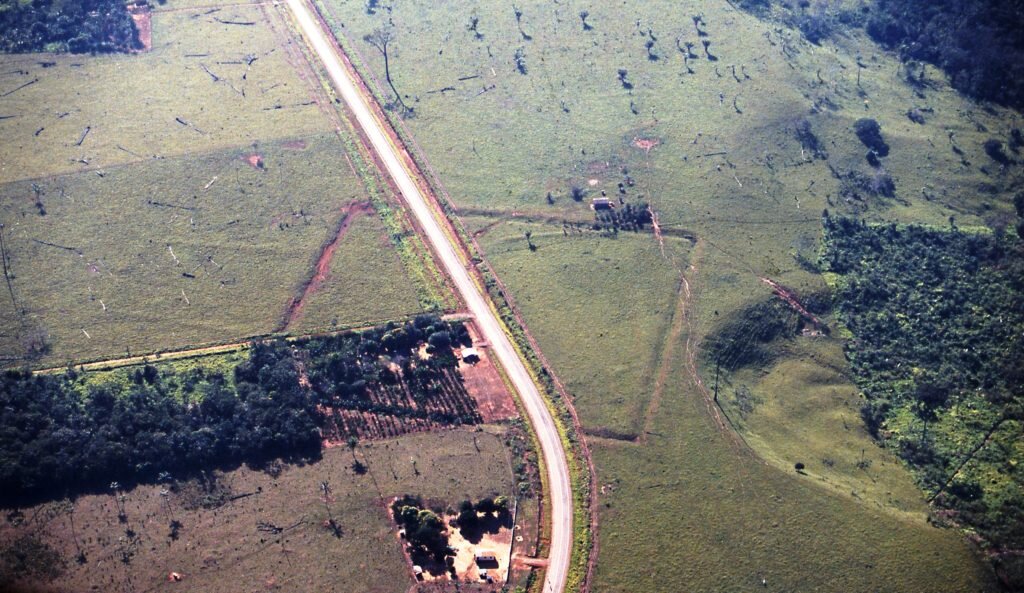Supplementary Material: Pirjo Kristiina Virtanen and Sanna Saunaluoma
Visualization and Movement as Configurations of Human-Nonhuman Engagements: Precolonial Geometric Earthwork Landscapes of the Upper Purus, Brazil
ABSTRACT Producing geometric designs and images on materials, such as pottery, basketry, and bead artwork, as well as the human body, is elemental and widespread among Amazonian Indigenous peoples. In this article, we examine the different geometric forms identified in the precolonial geoglyph architecture of southwestern Amazonia in the context of geometric design making and relational ontologies. Our aim is to explore earthwork iconography through the lens of Amerindian visual arts and movement. Combining ethnographic and archaeological data from the Upper Purus, Brazil, the article shows how ancient history and socio-cosmology are deeply “written” onto the landscape in the form of geometric earthworks carved out of the soil, which materialize interactions between nonhuman and human actors. We underline skills in visualization, imaginative practices, and movement as ways to promote well-balanced engagements with animated life forms. Here, iconography inserted in the landscape is both a form of writing and also emerges as an agent, affecting people through visual and corporal practices. [geometric designs, earthworks, visualization, movement, Amazonia,]

The most prominent earthwork of the Fazenda Atlântica site is a square-shaped ditch with semicircles inscribed within its corners. A ceremonial road leads to a circular ditch situated 150 m to the northwest of the square. Above the paved interstate highway BR-364. (Photograph by Sanna Saunaluoma)
 Sapucaia site was recently discovered after the area was deforested for cattle farming. (Photograph by Sanna Saunaluoma)
Sapucaia site was recently discovered after the area was deforested for cattle farming. (Photograph by Sanna Saunaluoma)
 The Alto Alegre site is composed of a variety of road structures connected to circular and semicircular ditches. The earthwork landscape is dominated by contemporary agricultural and farming structures. In contrast, Indigenous people regard the earthwork sites as sacred places and avoid using them for mundane activities. (Photograph by Sanna Saunaluoma)
The Alto Alegre site is composed of a variety of road structures connected to circular and semicircular ditches. The earthwork landscape is dominated by contemporary agricultural and farming structures. In contrast, Indigenous people regard the earthwork sites as sacred places and avoid using them for mundane activities. (Photograph by Sanna Saunaluoma)
The Tequinho site consists of concentric square-shaped ditches with contiguous external embankments, the remains of rectangular walled enclosures, and linear ceremonial roads. (Photograph by Sanna Saunaluoma)
The Severino Calazans site is formed by a single square-shaped ditch, cut and partially destroyed by the highway BR-317. A farm has been built inside the area enclosed by the ditch. Indigenous people consider the earthworks sites as sacred and do not use them for housing. (Photograph by Sanna Saunaluoma)

